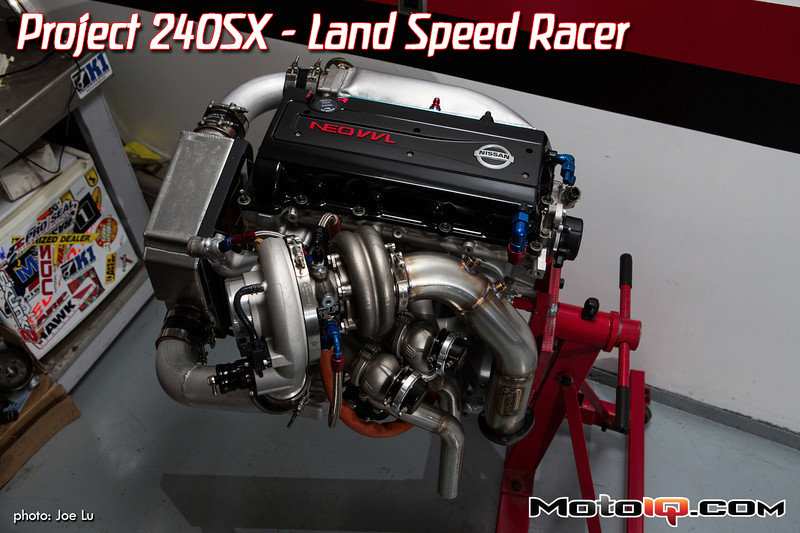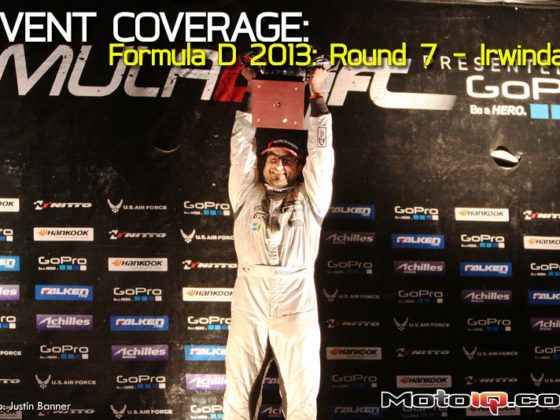,
Once each of the oil squirters were fastened, Nick Hunter installed the thrust and main bearings in place and then lowered our de-stroked SR15 crankshaft into position.
One of the things that makes the SR20DET bottom end so stout is the crankshaft girdle, which ties all of the main cap housings together better stabilizing the crankshaft and bearings. Also, note the use of factory main bolts versus aftermarket studs.
Whenever possible Nick Hunter prefers to stay with the OEM main bolts as there is some concern that the high clamping loads associated with main stud kits can cause distortion of the main bores. Of course the main bores could be line honed with the studs in place, but since the SR20DET main caps are floating and non-doweled, there isn't a guarantee that the concentricity across the main bores will be preserved. Combined with tight factory bearing clearances of less than .001″, the distortion could cause the crankshaft to bind against the bearing.
Note the oil under the main bolt washer, since torque is really only a measure of friction, it's important to lubricate the washer faces and bolt threads. Chasing the threads of each bolt hole is also a good idea. One improperly installed bolt can lead to a main bearing failure and a dreaded game of connecting rod peek-a-boo.
After the main bolts were torqued, Nick Hunter first checked the crankshaft to ensure it wasn't binding and spun freely. Then, he checked the crankshaft for adequate thrust bearing clearance by placing a dial indicator on the end of the crankshaft and gently prying it forward.
With such a short stroke, our pistons had to be designed with dome tops to yield a compression ratio of 9:1. The combination of very low 14.5 degree valve angles and the need for deep valve reliefs made anything higher than 9:1 impossible to achieve.
Nick Hunter then joined our asymmetrical, forged JE Pistons to our set of longer, K1 Technologies connecting rods which were originally destined for a Honda H22 engine. Likewise, the connecting rod bearings from a Honda H22 engine were installed between the H22 K1 rods and the de-stroked SR15 crankshaft. Although Honda bearings were used, Nick still stayed tight, aiming for nominal factory bearing clearances.









